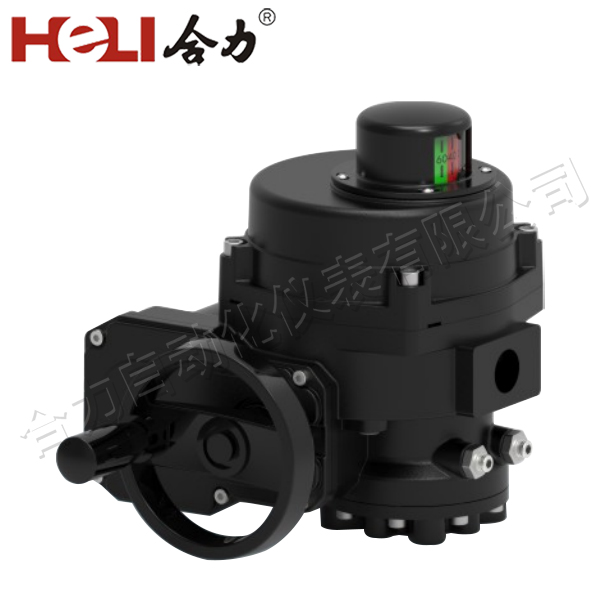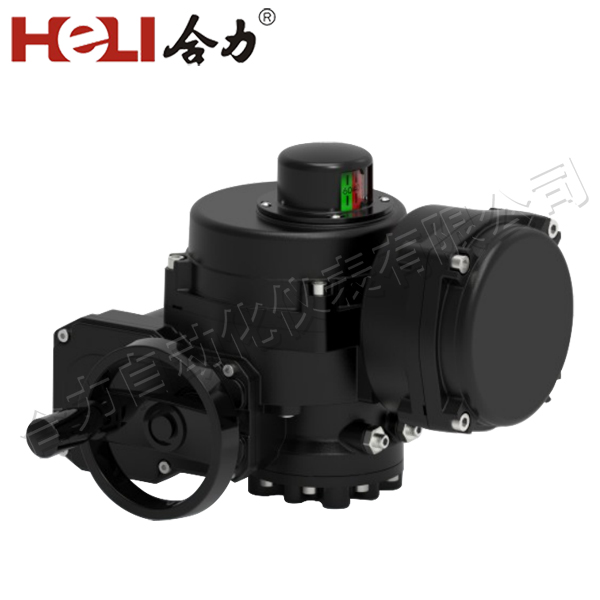
As the world shifts toward more sustainable and efficient energy solutions, lithium batteries have emerged as a leading choice for various applications. From powering electric vehicles to storing renewable energy, their advantages over traditional lead-acid batteries are clear. However, successful integration of lithium batteries into an electrical system requires careful installation and consideration of several factors. This article provides a detailed guide on lithium battery electrical installation, focusing on essential aspects to ensure safety and efficiency.

Understanding Lithium Batteries

